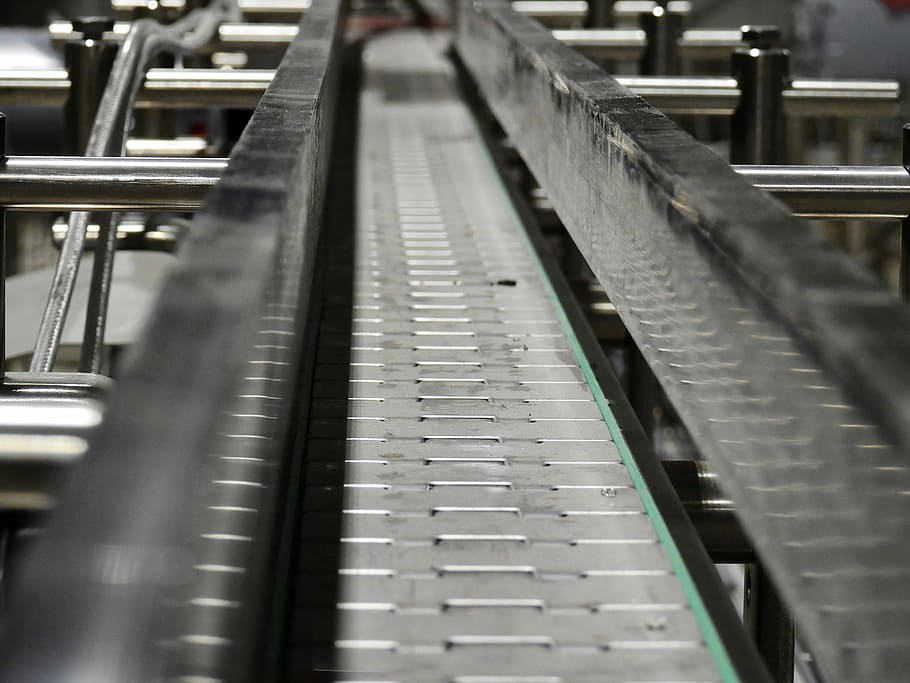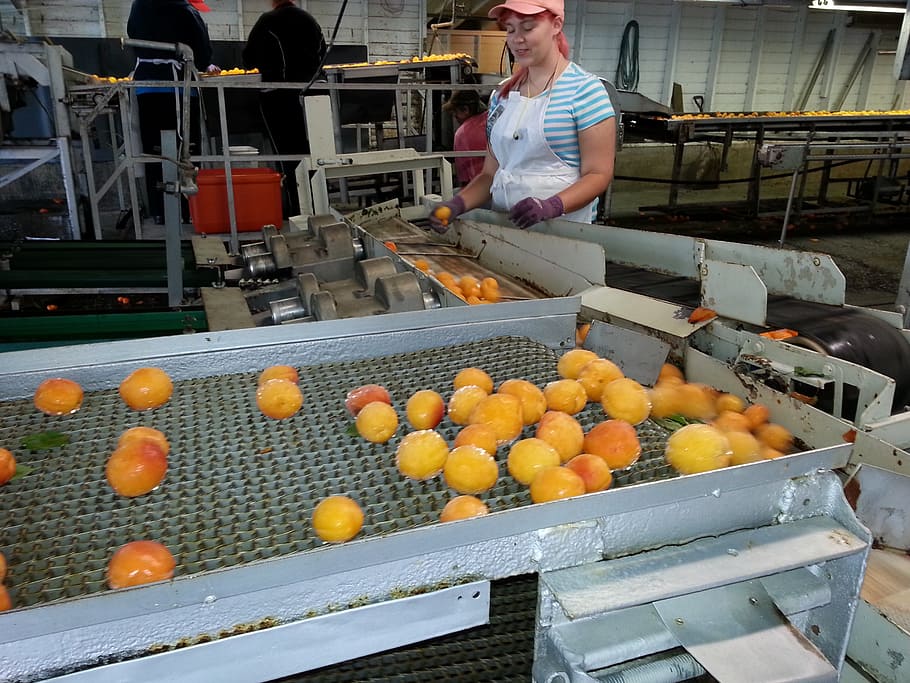
Conveyor belts are the backbone of many industrial operations, from manufacturing to food processing. Their efficiency and reliability are crucial for maintaining productivity. This article provides actionable guidance on optimizing your conveyor belt system, ensuring it runs smoothly and efficiently.
Selecting the Right Conveyor Belt
Choosing the right conveyor belt is the first step in optimizing your system. Conveyor belts come in various types, including light-duty, inclined, and horizontal belts. Each type is designed for specific applications and operational demands.
- Light-Duty Belts: Ideal for operations with lower weight requirements, these belts offer flexibility and easy maintenance.
- Inclined Belts: These are designed to handle materials at steep angles without slippage.
- Horizontal Belts: Suitable for consistent speed and stability in flat transport applications.
Selecting the right belt involves considering the material, thickness, and flexibility needed for your specific application. Consulting a professional can help you make an informed choice, ensuring the belt fits your operational needs perfectly.
Regular Maintenance for Longevity
Routine maintenance is essential for extending the lifespan of your conveyor belts. Regular inspections can help identify wear and tear before they become significant issues. Here are key maintenance tasks to keep your belts in top shape:
- Inspection: Look for signs of fraying, misalignment, or unusual noise. Early detection of these issues can prevent major breakdowns.
- Cleaning: Remove any debris or buildup on the belts to prevent damage and ensure smooth operation.
- Lubrication: Bearings and other moving parts should be lubricated regularly to reduce friction and wear. Use the appropriate lubricant recommended by the manufacturer to avoid damage.
Addressing Common Issues

Even with regular maintenance, conveyor belts can encounter problems. Here are some common issues and how to address them:
- Slippage: This occurs when the belt slips on the drive pulley, causing delays and inefficiencies. Ensure the belt tension is correctly adjusted and the drive pulley is clean and free from contaminants.
- Tracking Problems: Misaligned belts can cause uneven wear and tear. Regularly check and adjust the tracking to keep the belt centred on the pulleys, preventing costly damage and downtime.
- Belt Wear: Over time, belts will naturally wear down. Monitor the condition of the belt and replace it when it shows significant signs of wear, such as fraying edges or thinning.
Optimizing Inclined and Horizontal Systems
Inclined and horizontal conveyor belts have specific requirements to ensure optimal performance. For inclined systems, consider using belts designed to prevent slippage and ensure smooth material flow even at steep angles. Proper tension and alignment are crucial for these belts to function effectively.
Horizontal conveyor belts require consistent speed and stability. Light-duty belts are often used in these applications due to their flexibility and ease of maintenance. Regular checks on tension and tracking will keep these systems running efficiently.
Upgrading to Modern Conveyor Solutions
Consider upgrading to modern conveyor solutions like positive drive belts for operations that require precision and efficiency. These belts offer enhanced control and reduced maintenance needs. Industries like food processing, where hygiene and efficiency are critical, can benefit significantly from these advanced systems.
Positive drive belts also provide improved energy efficiency. They require less tension to operate, reducing the strain on the motor and extending the life of the belt. This can lead to lower operational costs and increased productivity.
Power Transmission and Bearings
In addition to the conveyor belt itself, power transmission and bearings play a vital role in the overall efficiency of your conveyor system. Ensure that the power transmission components, such as motors and pulleys, are correctly sized and maintained. This can prevent unnecessary strain on the belt and reduce the risk of breakdowns.
Bearings should be regularly inspected and replaced as needed. High-quality bearings can significantly reduce friction and wear, leading to smoother operation and longer belt life. Consulting with an industrial supplies specialist can help you find the best bearings for your specific application.
Embracing Innovation and Technology
As technology advances, so do the capabilities of conveyor systems. Embracing innovative solutions, such as automated monitoring systems, can help you stay ahead of potential issues. These systems can provide real-time data on belt performance, allowing for proactive maintenance and reducing downtime.
Automated tensioners and alignment systems can also enhance the efficiency of your conveyor belts. These technologies ensure optimal tension and alignment, minimizing wear and tear and maximizing the lifespan of the belt.
Ensuring Peak Performance for Your Conveyor Belts
Mastering the maintenance and optimization of your conveyor belts can drive significant improvements in your operational efficiency. By selecting the right belt, performing regular maintenance, addressing common issues, and embracing technological advancements, you can keep your conveyor systems running smoothly and effectively. Investing in the proper care and upgrading your systems as needed will ensure that your conveyor belts continue to be the backbone of your business operations.
